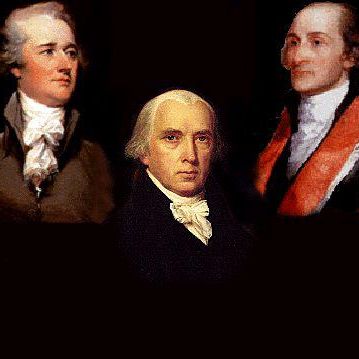



A hidden biblical text believed to be 1,750 years old has been revealed by an Austrian scientist using ultraviolet (UV) photography, according to a study published in the journal New Testament Studies.
Grigory Kessel, a medievalist from the Austrian Academy of Sciences, analyzed the Syriac translation of the Bible’s Matthew chapters 11 and 12 beneath three layers of text in a manuscript.
Kessel said that the tradition of Syriac Christianity includes several translations of the Old and New Testaments.
Until his discovery, only two manuscripts containing the Old Syriac translation of the gospels were known.
Parchment was scarce in the Middle Ages, leading to the erasure and reuse of manuscripts.
This seems to be the case for the Palestinian scribe who reportedly erased a manuscript inscribed with a Syriac text about 1,300 years ago.
The text is thought to have originated in the 3rd century before being copied in the 6th century.
Researchers have known about the manuscript since 1953, but it was rediscovered in 2010 and digitized in 2020.
Natural light and UV images were then added to the Digital Vatican Library.
The two previously known manuscripts containing the Old Syriac translation of the gospels are housed in the British Library in London and St. Catherine’s Monastery at Mount Sinai.
The third manuscript was identified through the Sinai Palimpsests Project, which uses imaging to recover erased texts from manuscripts in the St. Catherine’s library.
Kessel’s discovery, dubbed the “fourth textual witness,” was found under three layers of text.
For example, while the original Greek of Matthew chapter 12, verse 1 reads: “At that time Jesus went through the grainfields on the Sabbath; and his disciples became hungry and began to pick the heads of grain and eat,” the newly discovered Syriac translation states, “[…] began to pick the heads of grain, rub them in their hands and eat them.”
Claudia Rapp, the director of the Institute for Medieval Research at the Austrian Academy of Sciences, lauded Kessel’s findings, praising his profound knowledge of old Syriac texts and script characteristics.
Rapp highlighted that the discovery demonstrates the importance and productivity of combining modern digital technologies with basic research when studying medieval manuscripts.
